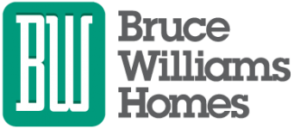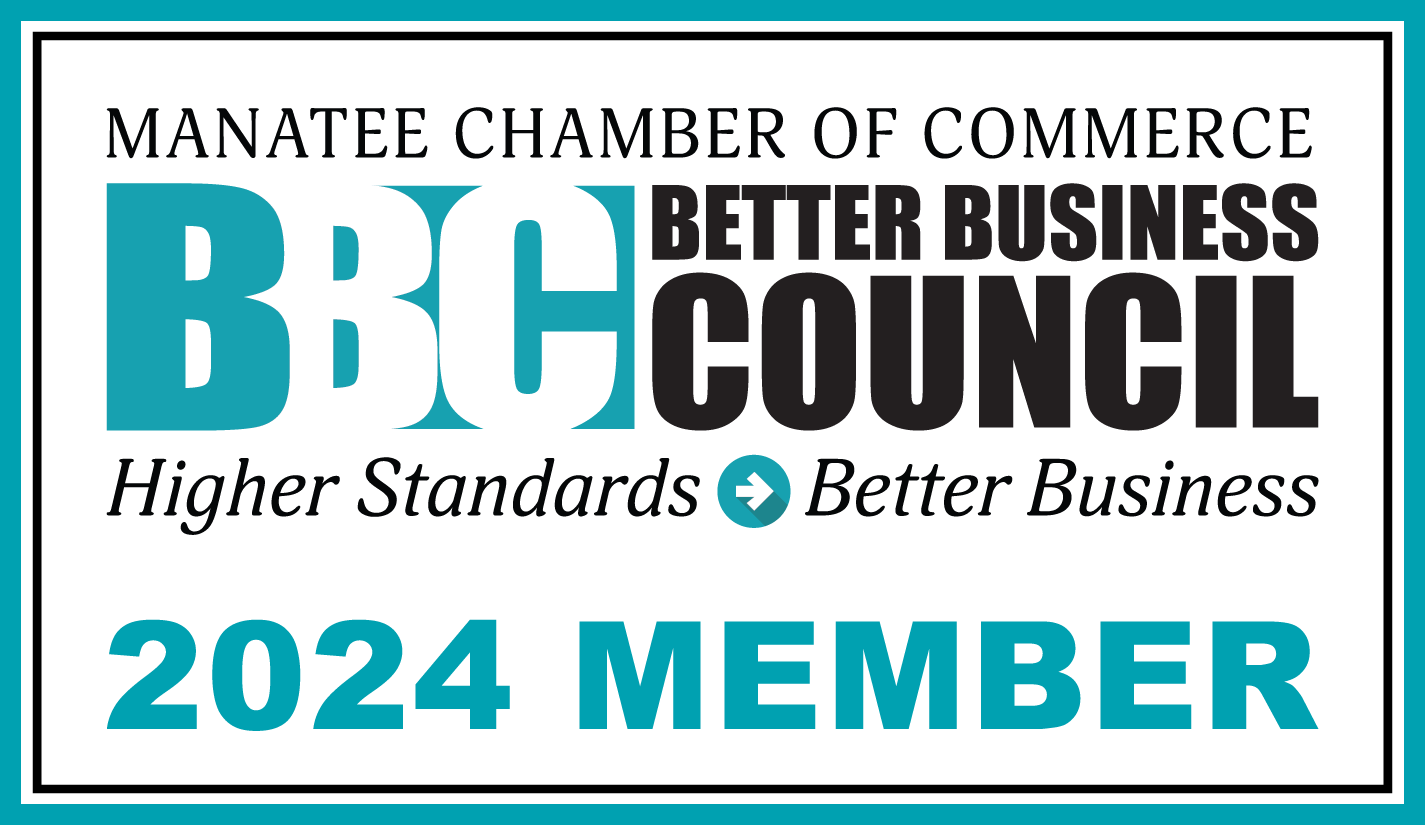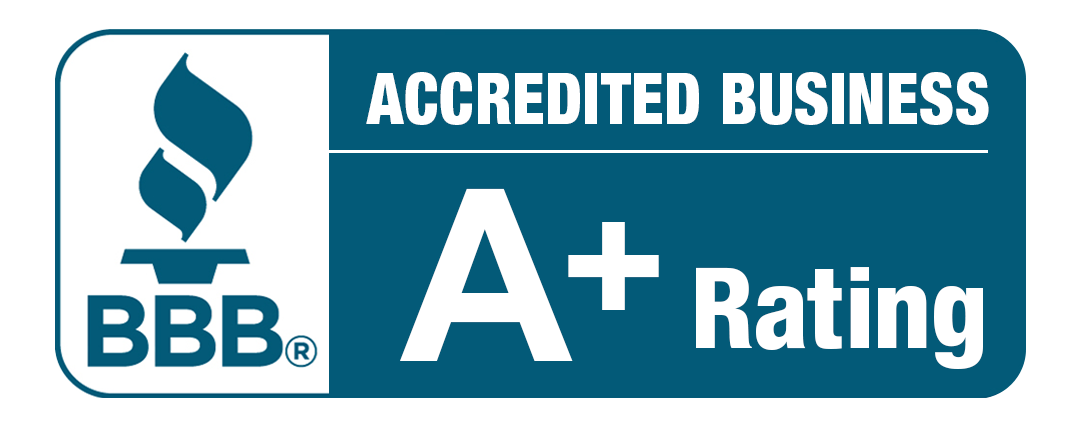Thousands of families decide to move to the Sarasota area every year, citing our natural beauty and vibrant culture. One of the most significant features drawing people to the area is our abundant waterfront property -whether it be Philippi Creek, Sarasota Bay, or the Gulf of Mexico. But the privilege of living so close to these stunning water views comes with a downside – we are also prone to flooding. In fact, much of Sarasota and Manatee Counties are designated as flood zones. What does this mean to prospective homeowners? Let’s take a closer look.
Did You Know? Approximately 41 million Americans live in FEMA-designated flood zones.
What is a Flood Zone?
A flood zone is a geographic area that FEMA (Federal Emergency Management Agency) has designated as having some level of flood risk. The FEMA flood maps are utilized for insurance purposes. Homeowners and home builders can determine flood zones by looking up addresses here: Flood Map Service Center.
There are four basic categories of flood zones, further broken into sub-categories. These designations are as follows:
1. Special Flood Hazard Areas
These zones are considered the most hazardous and at the highest risk for flooding. Any property located in these zones requires mandatory flood insurance. Properties located in A and V flood zones have a 1% or greater chance of flooding in any given year and a 26% chance of flooding over the course of a 30-year mortgage.
V Zone: Typically, beachfront or riverfront lots with a 26% or higher chance of flooding over a 30-year mortgage term.
VE Zone: Coastal areas with a greater than 1% chance of flooding annually.
A Zone: Properties with a high risk for flooding from nearby lakes, rivers, streams, or wetlands.
AE, AH, AO, AR (temporary risk), and A99 are included in this category.
2. Moderate Flood Hazard Areas
(Insurance is not mandatory for these properties.)
X Zone: This zone is within the 500-year floodplain and is considered at moderate risk for floods.
B Zone: This zone represents a moderate flood hazard and typically refers to the area between the 100-year and 500-year flood plains.
3. Minimal Flood Hazard Areas
(Insurance is not mandatory for these properties.)
X Zone (unshaded): Zone X is considered at minimal risk for floods. It is either located outside the 500-year floodplain or is protected by levees from 100-year floods.
C Zone: These areas have minimal flood hazard, although they may have local drainage or ponding issues.
4. Undetermined Risk Areas
Designated as D Zone, areas in this zone have not been studied for flood risk and represent unknown risk. Insurance is recommended but not mandatory
Why is Flood Plain Regulation Necessary?
Proactively minimizes vulnerability to flooding risk: Low-lying land will flood periodically, and flood zone designations help protect our families, homes, and businesses.
Reduces future flood losses: Effective floodplain regulations protect residents from future flood losses and ensure that flood insurance is available.
Grants eligibility for federal assistance and various types of mortgages:
Flooding can be financially disastrous for a community, but smart federal regulation mitigates issues, liability, and lawsuits when floods occur. (Note: Federal assistance is not available for all types of floods. In some cases, communities are responsible for a portion of repair and clean-up expenses, temporary housing assistance, and evacuation costs.)
Can I Build My Custom Home in a Flood Zone?
Yes, you can construct a new home in a flood zone, but there are restrictions and regulations based on the zone in which the property is located.
Zone X is ideal for building, as there is minimal risk of flooding. However, many people looking to build their dream homes in Sarasota or Manatee seek properties close to the water.
A reputable custom home builder will understand the specifications for building in a specific zone by building up the land to increase elevation, raising the home on stilts, or constructing flood vents that allow floodwaters to flow freely through or under the house. The home’s lowest level is designated as a garage or non-livable storage space that will permit water flow if necessary.
One of the most significant considerations when building in a flood zone is insurance. All banks and lenders require federal flood insurance if the property is located in a hazard flood zone. If you’re considering purchasing or building in a special hazard flood area, research flood insurance premiums and figure them into your budget at the beginning of your project.
Insurance is typically not required for single-family residential homes not secured by a mortgage. However, insurance is always recommended in a special flood zone to protect your investment.
Trust Bruce Williams Homes
When you work with our reputable and trusted team, you can be confident that we understand all of the nuances of building a home on your specific property. We have the expertise and knowledge required to effectively manage your custom home project, from design to occupancy.
As one of Manatee County’s most established home builders, we are here to answer any questions you may have. Call Bruce Williams Homes today, and let’s get started.
Thousands of families decide to move to the Sarasota area every year, citing our natural beauty and vibrant culture. One of the most significant features drawing people to the area is our abundant waterfront property -whether it be Philippi Creek, Sarasota Bay, or the Gulf of Mexico. But the privilege of living so close to these stunning water views comes with a downside – we are also prone to flooding. In fact, much of Sarasota and Manatee Counties are designated as flood zones. What does this mean to prospective homeowners? Let’s take a closer look.
Did You Know? Approximately 41 million Americans live in FEMA-designated flood zones.
What is a Flood Zone?
A flood zone is a geographic area that FEMA (Federal Emergency Management Agency) has designated as having some level of flood risk. The FEMA flood maps are utilized for insurance purposes. Homeowners and home builders can determine flood zones by looking up addresses here: Flood Map Service Center.
There are four basic categories of flood zones, further broken into sub-categories. These designations are as follows:
1. Special Flood Hazard Areas
These zones are considered the most hazardous and at the highest risk for flooding. Any property located in these zones requires mandatory flood insurance. Properties located in A and V flood zones have a 1% or greater chance of flooding in any given year and a 26% chance of flooding over the course of a 30-year mortgage.
V Zone: Typically, beachfront or riverfront lots with a 26% or higher chance of flooding over a 30-year mortgage term.
VE Zone: Coastal areas with a greater than 1% chance of flooding annually.
A Zone: Properties with a high risk for flooding from nearby lakes, rivers, streams, or wetlands.
AE, AH, AO, AR (temporary risk), and A99 are included in this category.
2. Moderate Flood Hazard Areas
(Insurance is not mandatory for these properties.)
X Zone: This zone is within the 500-year floodplain and is considered at moderate risk for floods.
B Zone: This zone represents a moderate flood hazard and typically refers to the area between the 100-year and 500-year flood plains.
3. Minimal Flood Hazard Areas
(Insurance is not mandatory for these properties.)
X Zone (unshaded): Zone X is considered at minimal risk for floods. It is either located outside the 500-year floodplain or is protected by levees from 100-year floods.
C Zone: These areas have minimal flood hazard, although they may have local drainage or ponding issues.
4. Undetermined Risk Areas
Designated as D Zone, areas in this zone have not been studied for flood risk and represent unknown risk. Insurance is recommended but not mandatory
Why is Flood Plain Regulation Necessary?
Proactively minimizes vulnerability to flooding risk: Low-lying land will flood periodically, and flood zone designations help protect our families, homes, and businesses.
Reduces future flood losses: Effective floodplain regulations protect residents from future flood losses and ensure that flood insurance is available.
Grants eligibility for federal assistance and various types of mortgages:
Flooding can be financially disastrous for a community, but smart federal regulation mitigates issues, liability, and lawsuits when floods occur. (Note: Federal assistance is not available for all types of floods. In some cases, communities are responsible for a portion of repair and clean-up expenses, temporary housing assistance, and evacuation costs.)
Can I Build My Custom Home in a Flood Zone?
Yes, you can construct a new home in a flood zone, but there are restrictions and regulations based on the zone in which the property is located.
Zone X is ideal for building, as there is minimal risk of flooding. However, many people looking to build their dream homes in Sarasota or Manatee seek properties close to the water.
A reputable custom home builder will understand the specifications for building in a specific zone by building up the land to increase elevation, raising the home on stilts, or constructing flood vents that allow floodwaters to flow freely through or under the house. The home’s lowest level is designated as a garage or non-livable storage space that will permit water flow if necessary.
One of the most significant considerations when building in a flood zone is insurance. All banks and lenders require federal flood insurance if the property is located in a hazard flood zone. If you’re considering purchasing or building in a special hazard flood area, research flood insurance premiums and figure them into your budget at the beginning of your project.
Insurance is typically not required for single-family residential homes not secured by a mortgage. However, insurance is always recommended in a special flood zone to protect your investment.
Trust Bruce Williams Homes
When you work with our reputable and trusted team, you can be confident that we understand all of the nuances of building a home on your specific property. We have the expertise and knowledge required to effectively manage your custom home project, from design to occupancy.
As one of Manatee County’s most established home builders, we are here to answer any questions you may have. Call Bruce Williams Homes today, and let’s get started.







